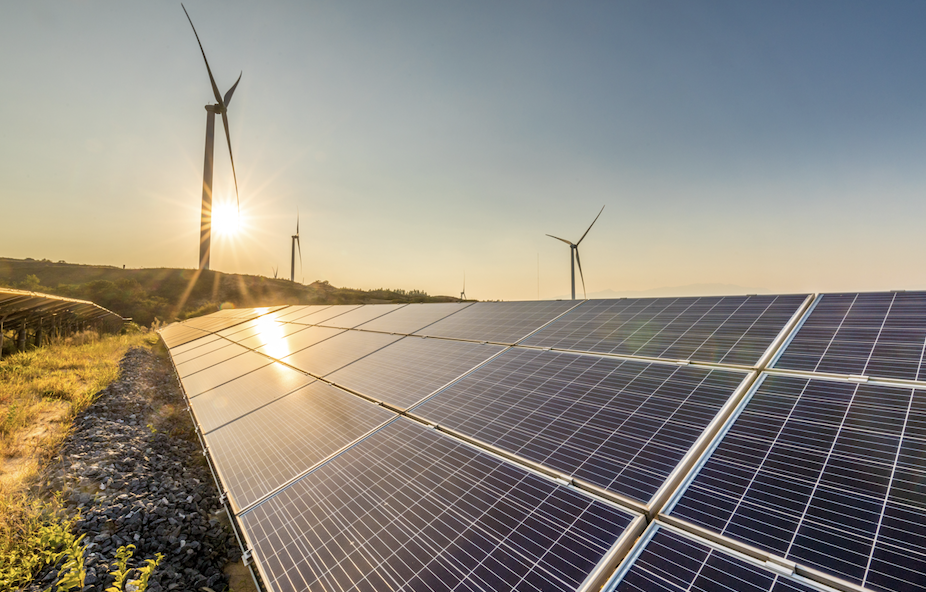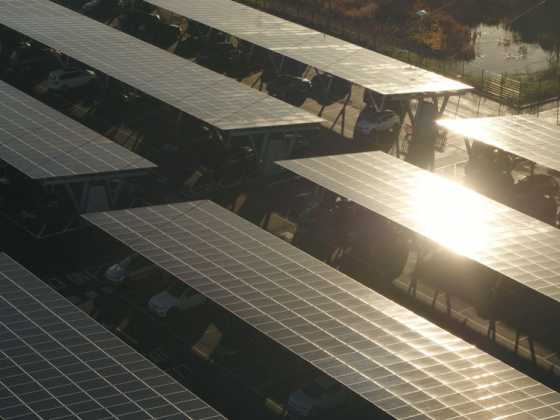Electric vehicles and the grid

A new report has found that the UK risks missing its decarbonisation targets without urgent action to increase grid flexibility. Giuseppe Sgro from power management company Eaton discusses how the energy market will cope when electric vehicles become the norm, and what organisations running electric fleets can do to reduce their demand on the grid when charging
How ready is the UK’s energy market to transition to net zero?
A recent report by the Association for Renewable Energy and Clean Technology (REA) assessed the readiness of the UK’s energy market to support the transition to net zero, comparing it with 11 other European countries. Sponsored by Eaton, the report found that the UK is well behind Finland, Norway and Sweden in making changes that are vital to increase the flexibility of the grid as more variable generation comes online and renewables generate a bigger proportion of the country’s power supply.
High electricity penetration must be the cornerstone of any strategy to decarbonise transport and heating to meet net zero targets, and this cannot be achieved with low grid flexibility which is the present-day situation in the UK.
Unless urgent action is taken, additional money will be needed to balance the system, and progress towards net zero will be slowed, because fossil fuel generators will be paid to fire up when demand outstrips supply, and renewables generators will be paid to turn off when supply is greater than demand.
Using modelling from BloombergNEF, the 2021 Energy Transition Readiness Report concludes that that a scenario of high electricity penetration and low grid flexibility will cost the UK £2.5 billion more a year by 2040.
Are there concerns that the grid would not be able to cope with mass-charging of electric vehicles in the future?
When, where and how EVs are charged has an impact on the electricity grid, with ‘when’ being the most important factor. You never quite know when an EV will need to be charged and where it will be.
Fortunately, renewable onsite generation is now appearing everywhere in the UK, in buildings and homes, to meet this challenge. However the grid needs to be more flexible to manage the demand.
Electricity demand last year was a record low of 330.0 TWh as a result of Covid-19, but if we look at 2019 it was 345 TWh. We should anticipate a return to this level in 2021.
The national grid is expecting 10 million EVs in the UK by 2030. This will place high electricity demand on the grid, but not as high as one might think.
The average driver in the UK (petrol, diesel or EV) drives 7,000 miles per year. 3.5 miles equates to 1 kilowatt-hour, which means the average car uses 2,000kWh per year. 10 million EVs would therefore amount to 20 TWh per year, a 5.7 per cent demand increase on the grid.
The greatest concern is with ‘peak power’, where EV drivers would choose to charge their cars at around the same time, for example, in the evening between 6 – 8 after returning home from work. This may also coincide with other demands on the grid, such as the use of any electrical appliance, including the upcoming increase of heat pumps. That is why we need the grid to be flexible enough to respond to such peaks.
What solutions are there to help the grid deal with the extra demand the switch to electric vehicles would cause?
EVs represent both an additional load and distributed flexible resource for grid services.
If we consider that 95 per cent of a car’s time is spent parked, EVs essentially act as a battery with wheels. A parked and plugged-in EV could be the battery bank of the future, stabilising electricity grids and powered by renewables. EVs can collectively store enough power to fulfil a drivers needs for hours or days, and charge when demand is lower.
Behind-the-meter assets such as energy battery systems will facilitate this by enabling building monitoring and power adjustment.
Smart charging will also play an important role in advising EV drivers when to charge their cars, so not to overload the grid. The UK government has set out a roadmap for delivering this next year.
How important is it to charge an EV with renewable energy?
Obviously connecting EVs to renewable energy increases the sustainability of the fleet, but as more fleet organisations move to EVs, a significant challenge will be how to ensure renewables, rather than coal or other fossil fuels, provide the electricity required for powering transportation.
As well as using smart charging to balance loads, and battery storage to flatten peaks, there are other technologies for managing and reducing the costs of EV charging infrastructure that will become increasingly common, including vehicle-to-grid (V2G) technology and DC microgrids.
What support is needed from the government for the UK energy market to transition to net zero?
A vast increase in new flexibility resources is expected to be required for the UK to achieve its decarbonisation targets.
Whilst current policy has a clear focus on decarbonising power generation, buildings and transport, further focus should be given to flexibility and distributed assets in order to ensure grid operation.
In the UK and most other international markets, with the notable exception of the Nordics, current regulation and codes are designed for a centralised power system. This limits what assets are permitted to participate in the provision of grid services and flexibility, therefore curtailing the business case for investing in flexible assets.
Opening the energy market would not just provide more market certainty for investors but would also allow the government to move swiftly and achieve its carbon reduction targets with greater confidence.
Is there anything in particular that fleet organisations can do to reduce their demand on the grid?
Installing a renewable energy generating system, such as one based on solar PV panels, and connecting it to behind-the-meter battery storage, could enable fleet organisations to dramatically reduce the costs of powering electric vehicle charging because the fleet will consume power as it’s generated or that has been stored for use when electricity from the grid is at its most expensive.
In situations when fleet organisations don’t have enough self-generated power for all the vehicles they need to supply, they can buy power from the grid at off-peak prices. The wider sustainability benefit of this is that it enables what is known as ‘peak saving’, reducing the load on the grid to prevent it from being switched to carbon-intensive, fossil-fuelled power which may be all that is available when demand is at its highest.
Choosing an EV charging infrastructure -based on self-generated renewable energy and battery storage also reduces capital expenditure because it avoids the costly-grid upgrade fees that tend to be charged by distribution network operators for ensuing local networks can accommodate the additional load involved. It also prevents those upgrades from having to be made in the first place.






